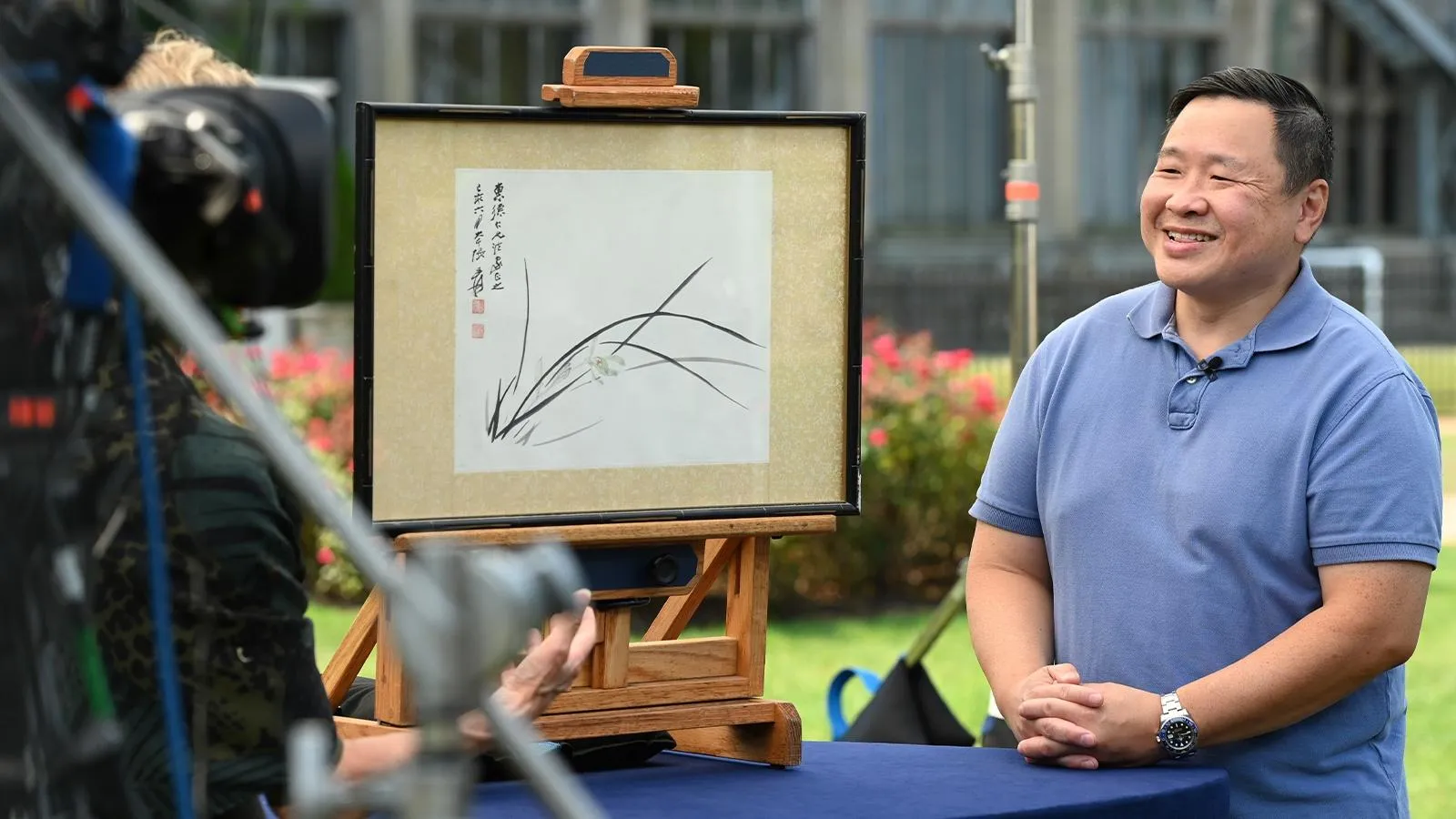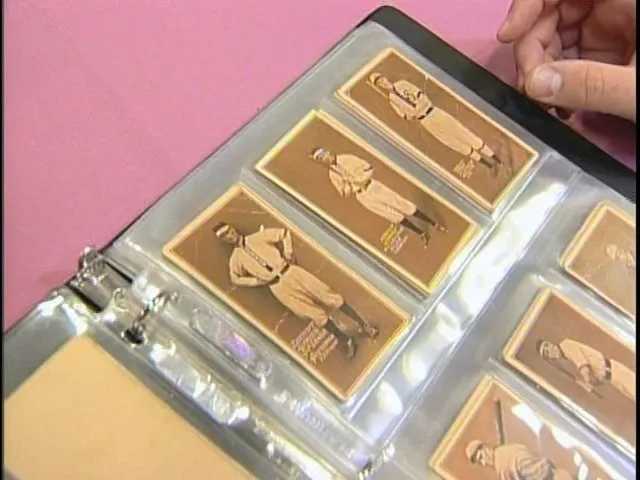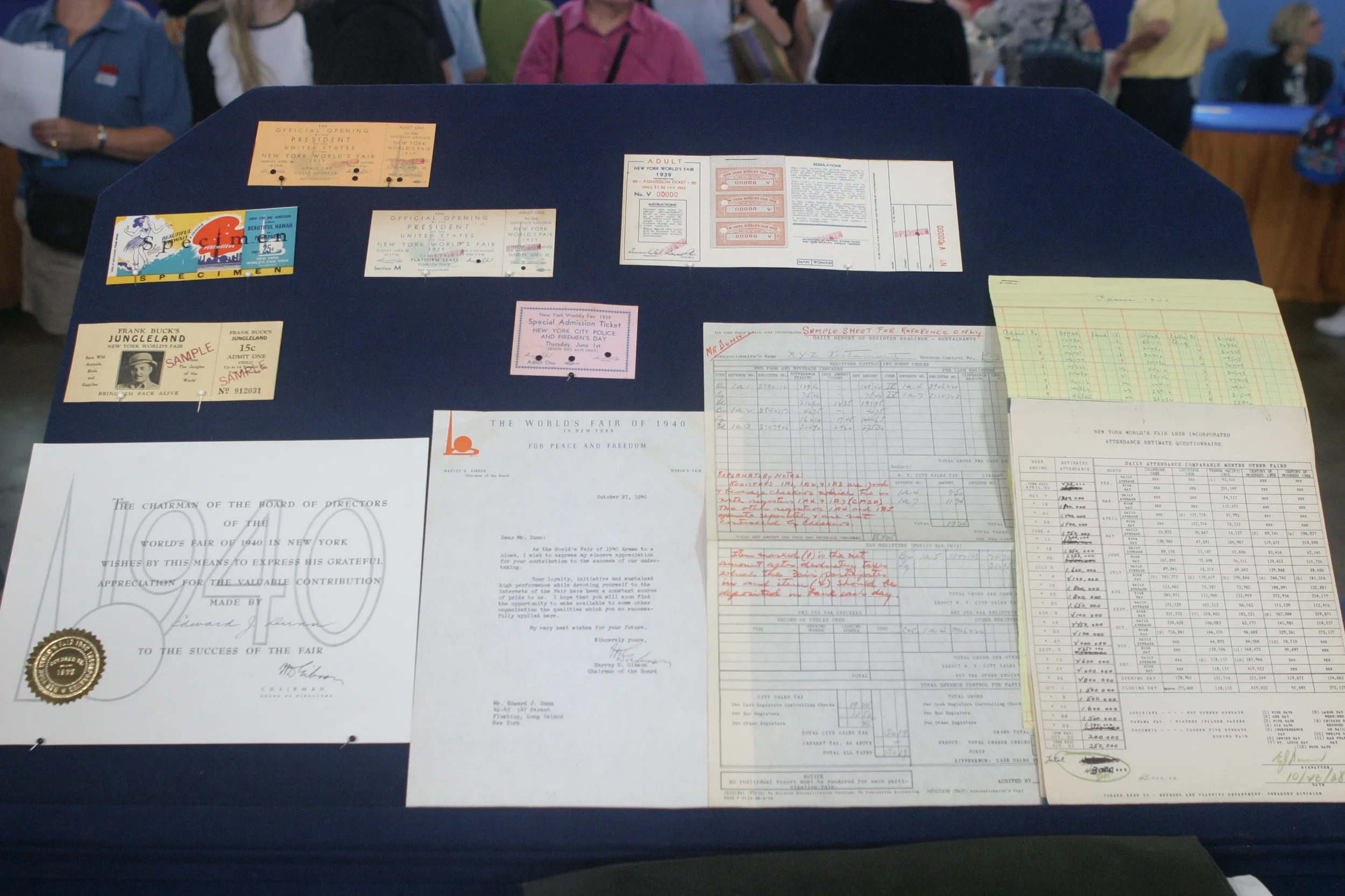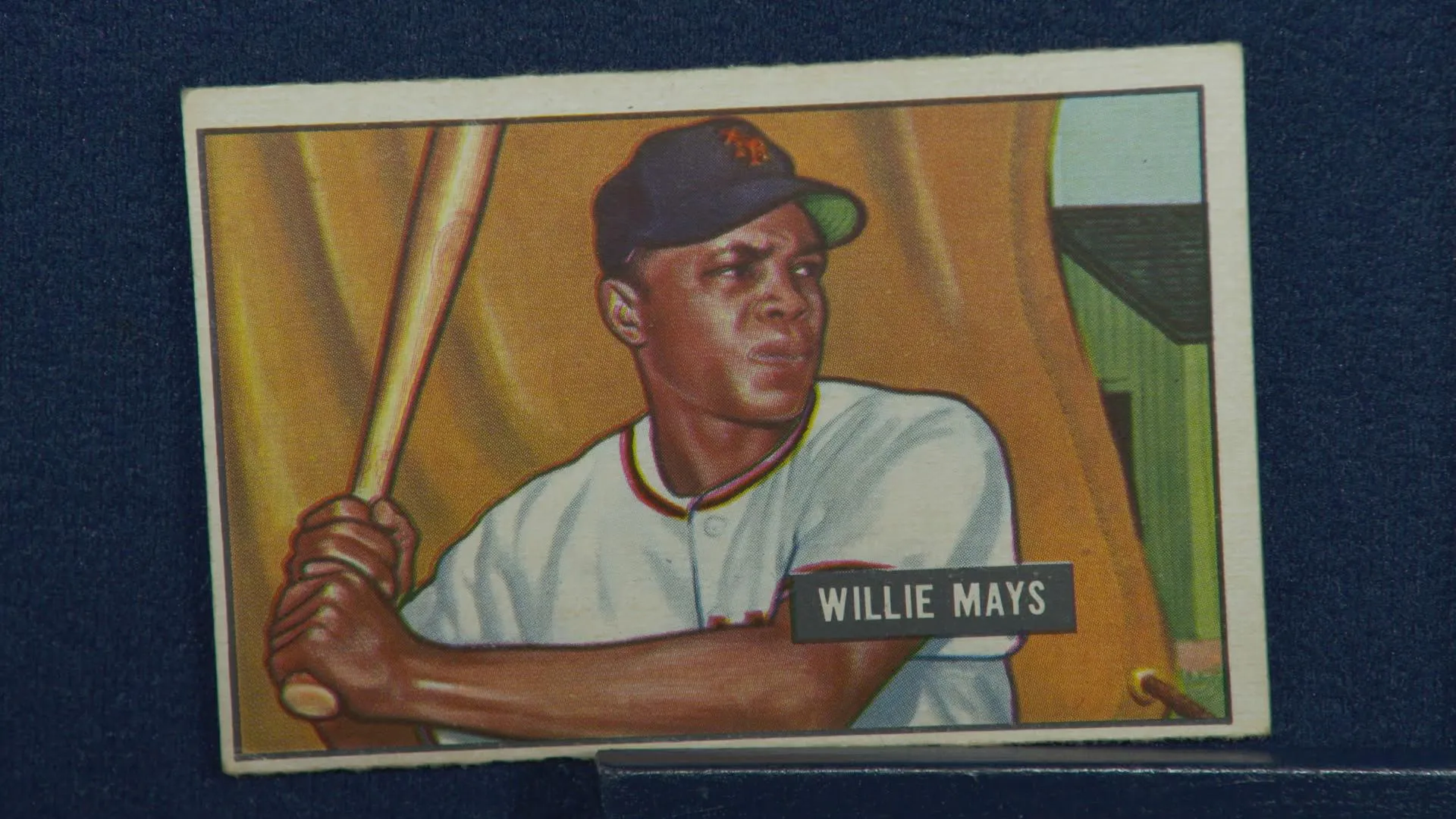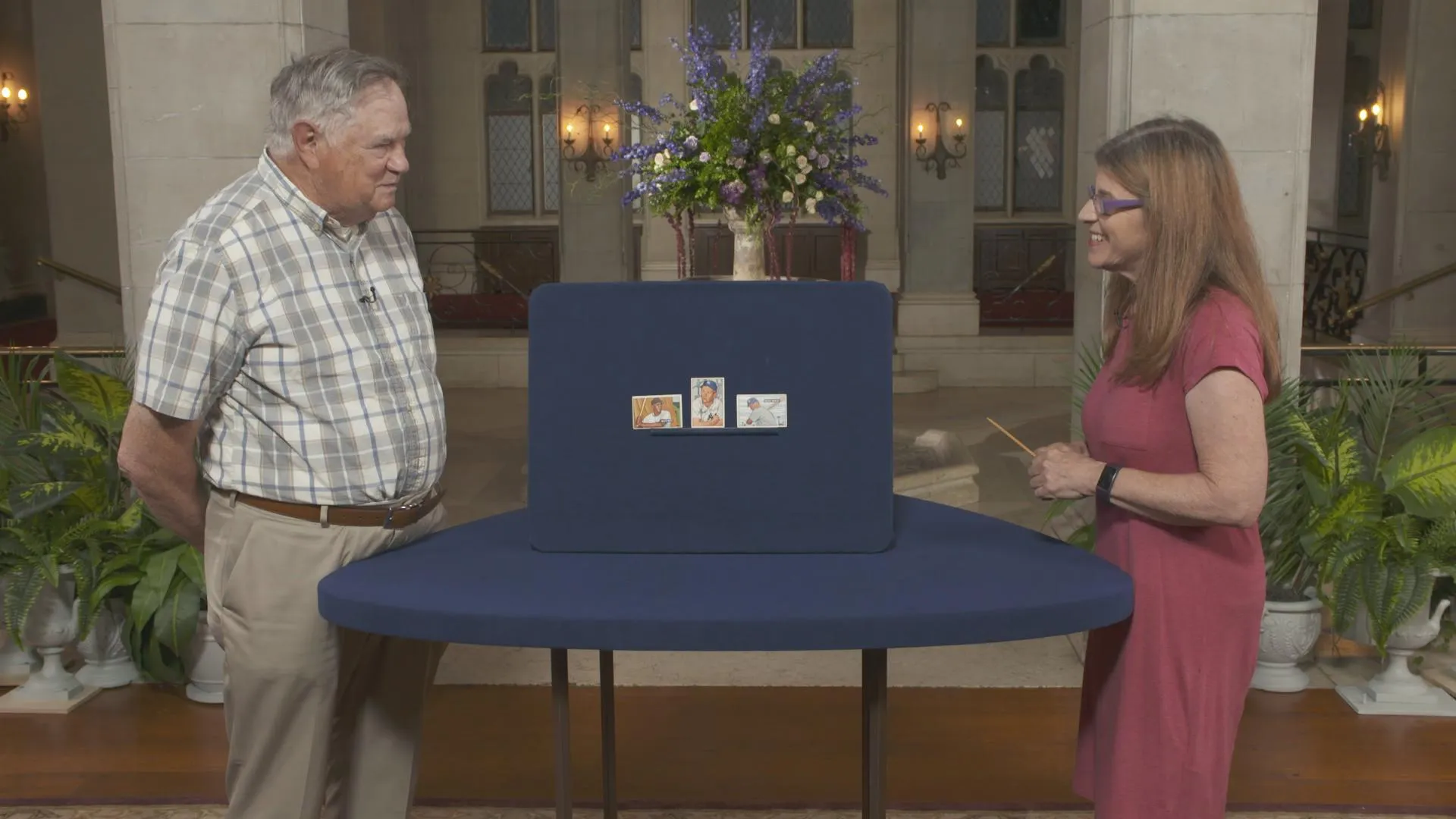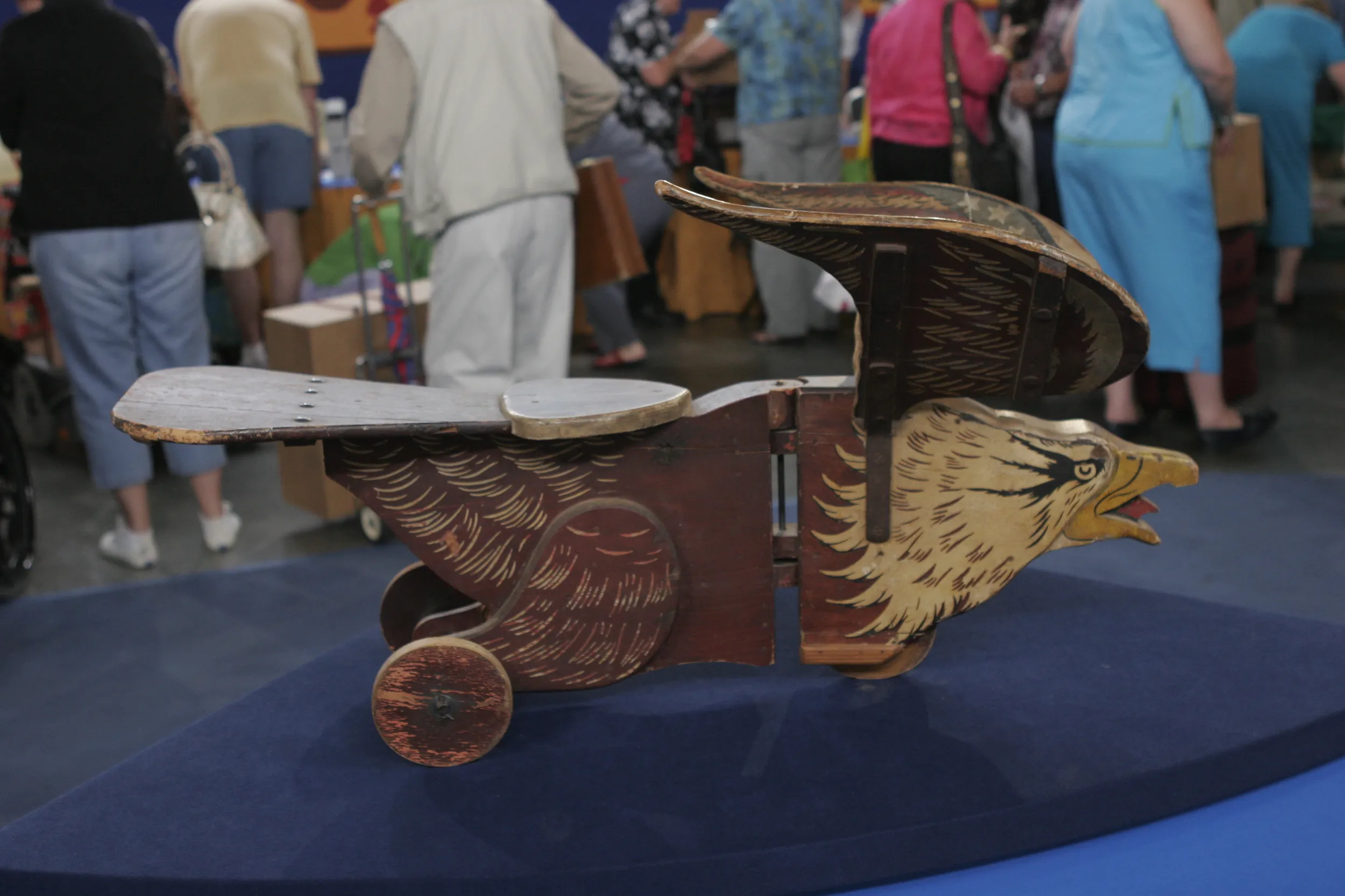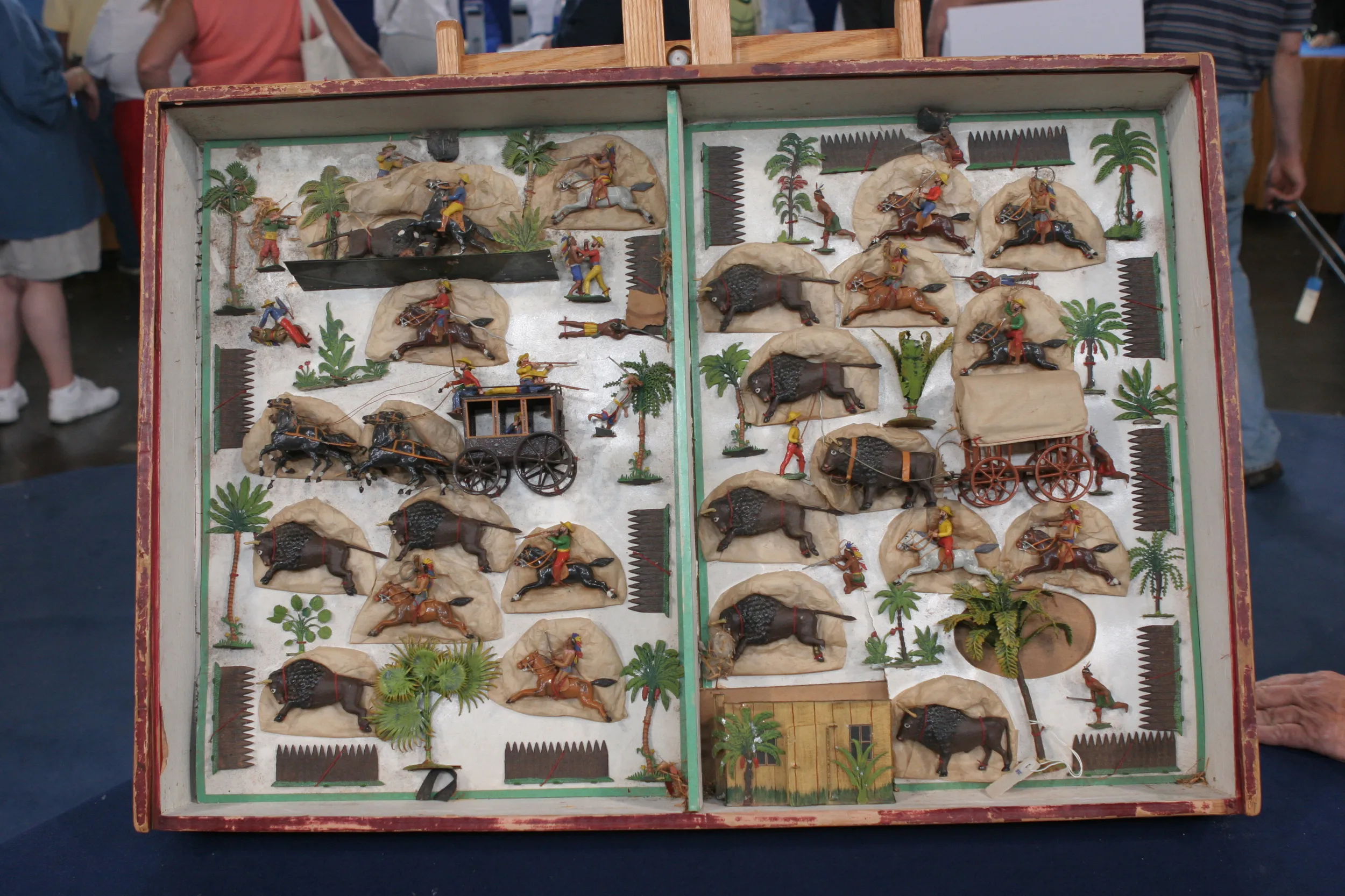APPRAISER: So Ed, you brought in three baseball cards for us today: a 1951 Bowman Mickey Mantle, a '52 Mantle, and a 1951 Bowman Willie Mays. Tell us, how did you get them?
GUEST: I collected them when I was a little kid. I kept him and my mother didn't throw them away. I probably saved the cards I liked the most, but baseball cards that I didn't care about, I would go, and you'd flip a card. If it's a head, then the other person would have to get a head; if he didn't, you'd win that card.
APPRAISER: But how much were cards selling for in 1951?
GUEST: I think, for a nickel, I think you probably got five cards and a bubble gum. And we always threw the bubble gum... It was pink bubble gum. You always threw the bubble gum away.
APPRAISER: You brought in three of the most important postwar baseball cards. And we value cards really based on three major factors. And the first is the player themselves. Mantle and Mays are both Hall-of-Famers, and from 1949 to 1958, every year, one of the three New York teams was in the World Series. Mickey Mantle is still considered to be the epitome of the 1950s. Crosstown, you had Willie Mays, also a rookie that year, and also a very highly desired baseball card. Now we have two top Hall-of-Famers here. Secondly, we look at the issue. These are Bowman. Bowman was the preeminent card maker. And this is Mickey Mantle's true rookie card. What we look at in issues, we have the player, but their rookie cards are more valuable and desirable then the others. This last factor is condition. We look at the quality of the image itself, we look at how evenly cut the margins are...
GUEST: Mm-hmm.
APPRAISER: And we also look at the corners: how sharp are they? I think this card would probably grade out somewhere between a 3.5 and a four, and I think this one would grade out somewhere around a five. The Mays is probably going to be somewhere around a four, maybe a little bit higher than that. You’d have to get them graded by a professional grader. 2021 has been-- and I'm going to use a technical term for you-- a crazy year for sports card values. You have, in the '51 Bowman, one of the two most desirable postwar cards. Mickey Mantle is the most collected postwar baseball player, and the '52 Topps-- which is ironic, because it's not his rookie-- is the number one collected and this is the number two. We're going to start with the '52. I think an insurance value, at the very least, on this card is going to be $15,000 to $20,000. On the Mays, I think a minimal insurance value-- because again, remember, it's his rookie card, so it's going to be a higher value to start with, even though it's a lower grade-- I think this is $20,000 to $30,000. Now, let's talk about this. It's probably a 3.5 to a four, but I think minimally, you're still looking at insurance, with an escalating market, at $30,000 to $50,000.
GUEST: Pretty good.
APPRAISER: You've got sitting here in three cards, $60,000 to $100,000.
GUEST: Pretty amazing. A lot of good memories, too.

